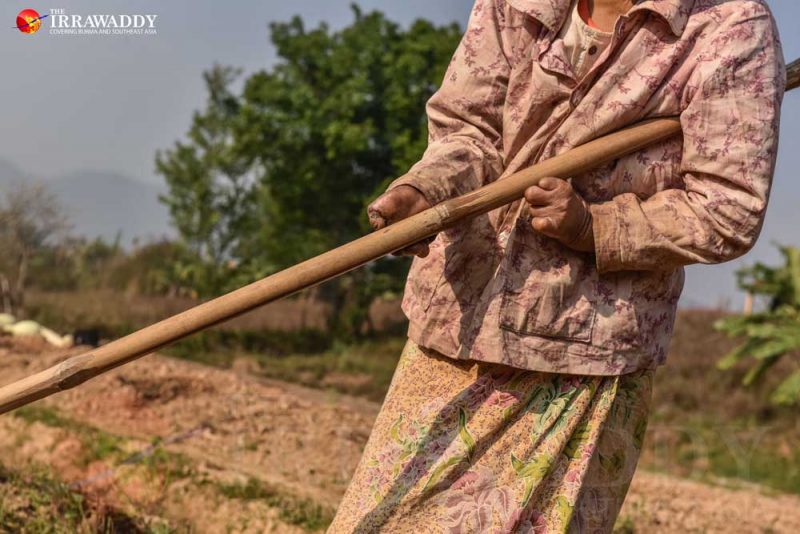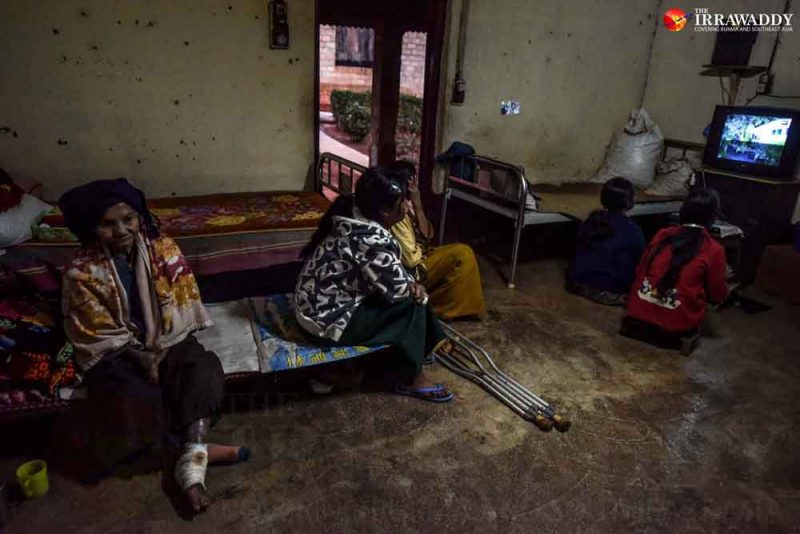This article [1] by Pyay Kyaw is from The Irrawaddy, an independent news website in Myanmar, and is republished by Global Voices as part of a content-sharing agreement.
Located seven miles from Loilen town in southern Shan State, St. Joseph Cotto Legnos Leprosy Colony—known locally as Hohkai Leprosy Shelter—was established by an Italian priest over 70 years ago and is now home to 90 people with leprosy from all over Myanmar.
The patients—ranging from 13 years old to over 80—often suffer from limb deformities caused by the disease and are cared for by priests.
Those at the shelter tend to farmland and rear livestock, but their produce is shunned at local markets due to stigma around the disease.
The majority of patients no longer plan to return to their families, but entrust their fate to God.
One such patient, named Maya, said she will end her days at the shelter. She recalled being forced to live at her town’s cemetery because of the disease and sneaking back to see her family at night time.
The shelter receives no government funding despite the help it offers people with disease and relies on donations from other countries.
For leprosy patients who do not wish to live within the shelter, priests have established a colony of five villages that house up to 300 people.
In 2003, the government announced it had achieved an early leprosy elimination target by reducing the incidence of the disease to less than one in every 10,000 people.
Although the number of new cases in Myanmar has declined over the last 10 years, there were 2,877 cases in 2014 and 2,571 cases in 2015, according to Rangoon General Hospital.
Below are some photos which depict the daily routine of those who live at the leprosy shelter:
 [1]
[1]Every morning at 6am, patients—many of whom are quite frail—say prayers at the center's chapel. Photo and caption by Pyay Kyaw / The Irrawaddy
 [1]
[1]The stronger patients cook for their weaker peers. Photo and caption by Pyay Kyaw / The Irrawaddy
 [1]
[1]Those at the shelter tend to farmland and rear livestock, but their produce is shunned at local markets due to stigma around the disease. Photo and caption by Pyay Kyaw / The Irrawaddy




